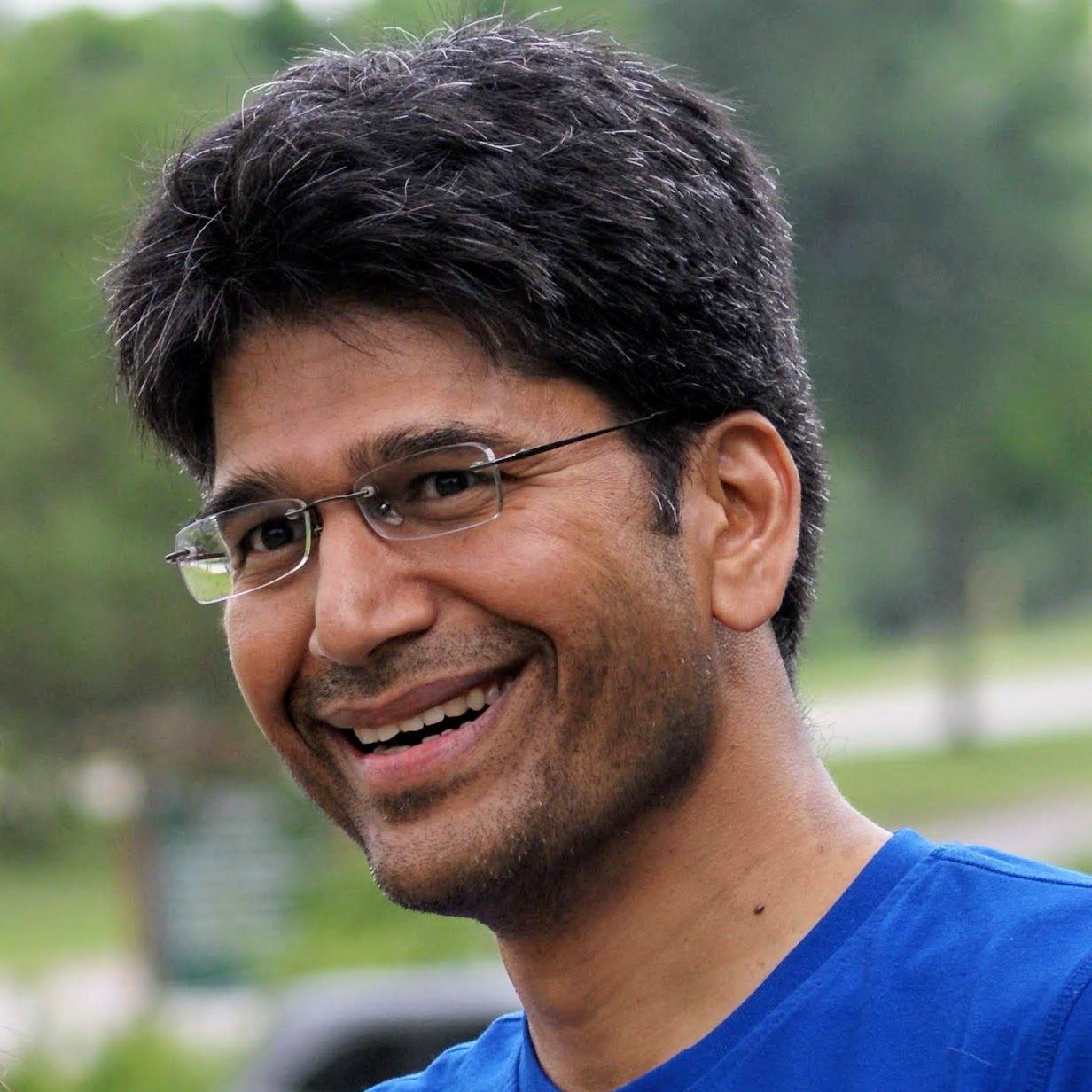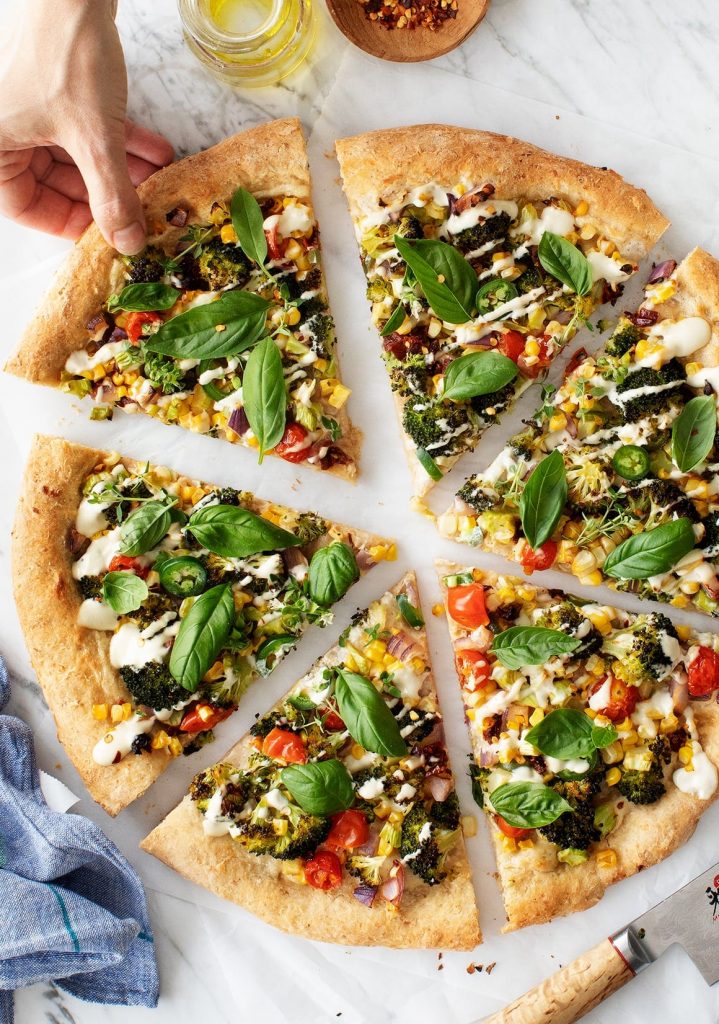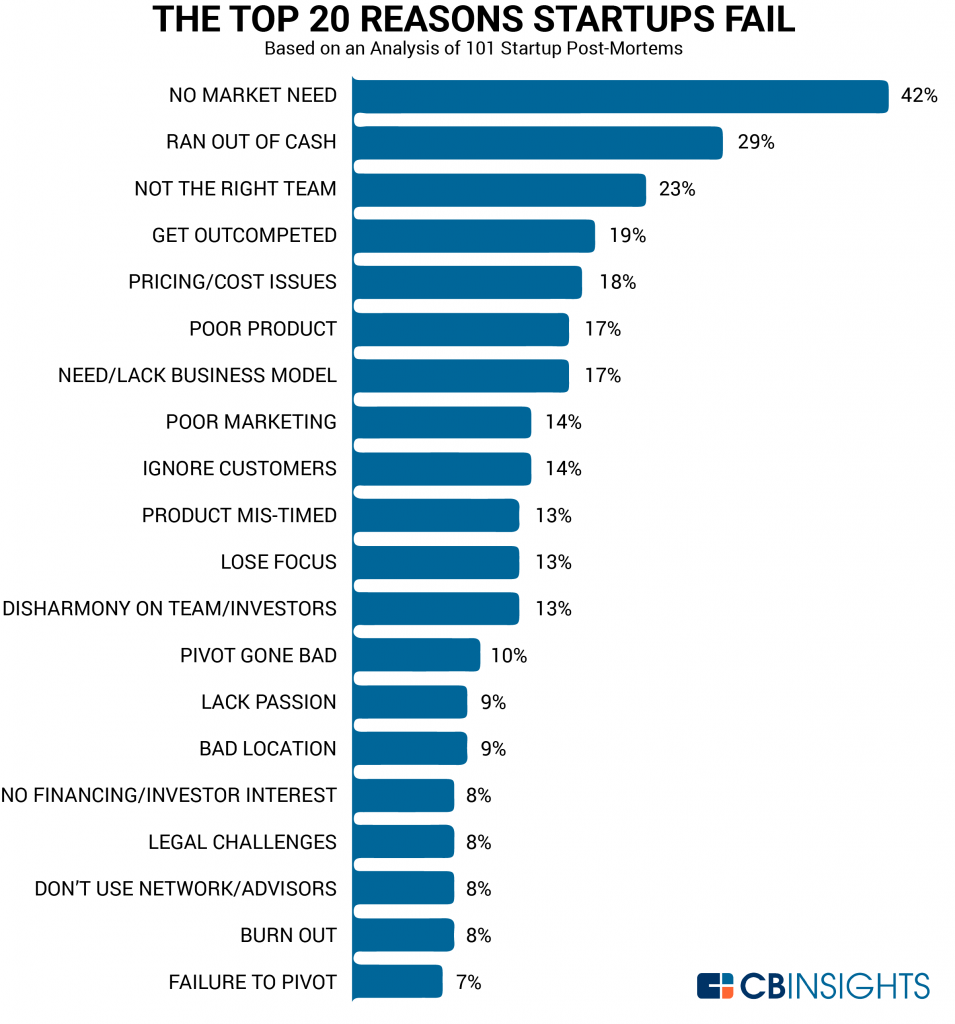“Be grateful and happy that beautiful people chose to be in your life. Be happy that it happened, not sad that it’s over.”
I was listening to Cheryl Strayed podcast (author of Wild) on The Tim Ferris Show and at the end she challenged all listeners to write down who their darkest teacher was, life events, people whoever it might be. Here is my attempt.
Was my darkest teacher my Mom’s death? My Dad’s death? My lost teenage years? My failed ventures? they were all significant and some of them life altering but which ones taught me the most about how to live a good life?
I don’t know if it was the darkest teacher but losing my Mom and then my Dad has definitely set me on a different path than I’d have taken otherwise. I am very certain about that, I was a different person before losing them. I became reticent, much less interested in external achievements and rewards, others opinion of me didn’t matter, diminished faith in the external world and I struggle with these everyday.
Why did mom suffer physical pain for 4 years? Why did she die so young? What happened to all the goodness she brought to people around her? What would it be like if she is still around now? What would she say to her grandchildren? Why did dad have to die so young? What more could he have accomplished if he was still around? What happened to all the good things he brought into this world? Many questions and no clear answers, I don’t know if I will ever find them but the inquiry and struggle continues. Even if I find answers to some of these questions, are they worth anything now? Can they remove the pain, the darkness and the feeling of sadness I have experienced in the past and continue to experience to this day? Can the answers bring back what was once lost?
Am I supposed to simply wail in this abyss of darkness, is there a point in trying to look for light? Is this darkness what I am meant to experience? Is this all a random probability? or is there a rhyme and reason to all of this?
Through all this I learned a few things
Be kind and loving to everyone you come in touch with, no matter the situation, who it is, what it is, where it is, be kind and loving in your thought, word and action.
Be steadfast in your faith even if the outcomes are not as you expected and keep doing the work, keep living the life according to your conscience, not according to what the world expects, not what your friends or relatives expect but what you expect of yourself.
Listen to others going through the troubles, don’t advise, just listen and offer a shoulder if they want to lean on.
Be grateful and happy that beautiful people chose to be in your life. Be happy that it happened, not sad that it’s over.
Last but not the least, live up to their values, remember them in your daily life and cherish those wonderful memories.





